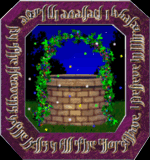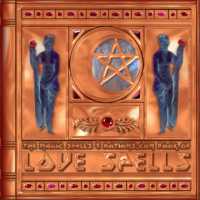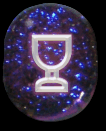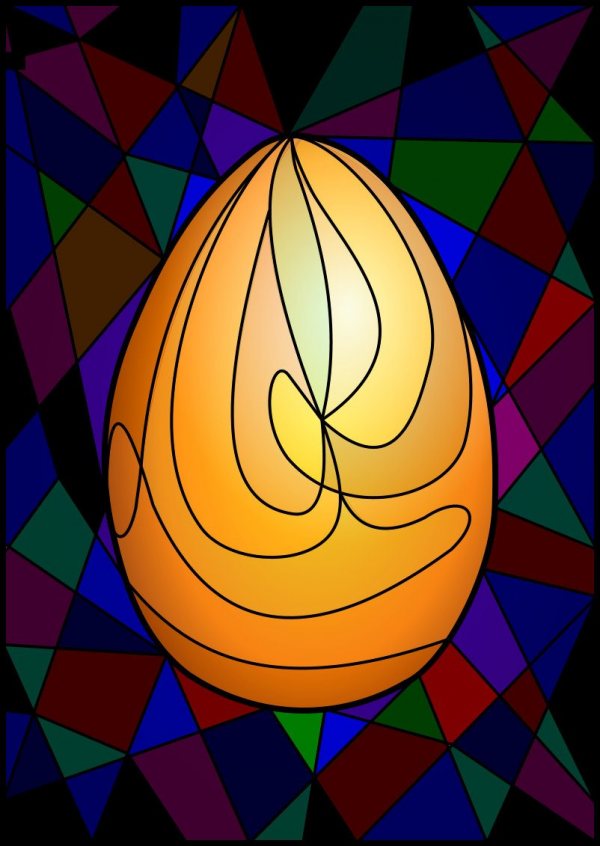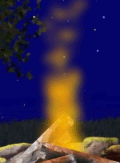Hemlock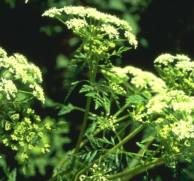
The Spotted Hemlock (Conium maculatum), is a plant well known to everyone familiar with our Herbal Simples. But it is so highly narcotic as a medicine, and yet withal so safely useful externally to allay pain, as well as to promote healing, that their outward remedial forms of application must not be overlooked among our serviceable herbs. Nevertheless, for internal administration, this herb lie altogether beyond the pale of domestic uses, except in the hands of a doctor.
Added Jul 24, 2010
| 8,963 Reads
The Hemlock is an umbelliferous plant of frequent growth in our hedges and roadsides, with tall, hollow stalks, powdered blue at the bottom, whilst smooth and splashed about with spotty streaks of a reddish purple. It possesses foliage resembling that of the garden carrot, but feathery and more delicately divided. The name has been got from healm, or haulm, straw, and leac, a plant, because of the dry hollow stalks which remain after flowering is done. In Kent and Essex, the Hemlock is called Kecksies, and the stalks are spoken of as Hollow Kecksies. Keckis, or Kickes, of Humblelockis are mentioned by our oldest herbalists. In a book about herbs, of the fourteenth century, two sorts of Hemlock are specified—one being the Grete Homeloc, which is called "Kex," or "Wode Whistle," being of no use except for poor men's fuel, and children's play. Botanically, it bears the name of Conium maculatum (spotted), the first of these words coming from the Greek, konos, a top, and having reference to the giddiness which the juice of hemlock causes toxically in the human brain. The unripe fruit of this plant possesses its peculiar medicinal properties in a greater degree than any other part, and the juice expressed therefrom is more reliably medicinal than the tincture made with spirit of wine, from the whole plant. Soil, situation, and the time of year, materially affect the potency of Hemlock. Being a biennial plant, it is not poisonous in this country to cattle during the first year, if they eat its leaves. The herb is always uncertain of action unless gathered of the true "maculatum" sort, when beginning to flower. Its juice should be thickened in a water bath, or the leaves carefully dried, and kept in a well-stoppered bottle, not exposed to the light. Cole says, "if asses chance to feed on Hemlock, they will fall so fast asleep that they seem to be dead, insomuch that some, thinking them to be dead indeed, have flayed off their skins; yet after the Hemlock had done operating they had stirred and wakened out of their sleep." The dried leaves of the plant, if put into a small bag, and steeped in boiling water for a few minutes, and then applied hot to a gouty part, will quickly relieve the pain; also, they will help to soften the hard concretions which form about gouty joints. If the fresh juice of the Hemlock is evaporated to a thick syrup, and mixed with lanoline (the fat of sheep's wool), to make an ointment, it will afford wonderful relief to severe itching within and around the fundament; but it must be thoroughly applied. For a poultice some of this thickened juice may be added to linseed meal and boiling water, previously mixed well together. Conium plasters were formerly employed to dry up the breast milk, and are now found of service to subdue palpitations of the heart. [250] An extract of Hemlock, blended with potash, is kept by the chemists, to be mixed with boiling water, for inhalation to ease a troublesome spasmodic cough, or an asthmatic attack. In Russia and the Crimea, this plant is so inert as to be edible; whereas in the South of Europe it is highly poisonous. Chemically, the toxic action of Hemlock depends on its alkaloids, "coniine," and "methyl-coniine." Vinegar has proved useful in neutralising the poisonous effects of Hemlock, and it is said if the plant is macerated or boiled in vinegar it becomes altogether inert. For inhalation to subdue whooping-cough, three or four grains of the extract should be mixed with a pint of boiling water in a suitable inhaler, so that the medicated vapour may be inspired through the mouth and nostrils. To make a Hemlock poultice, when the fresh plant cannot be procured, mix an ounce of powdered hemlock leaves (from the druggist) with three ounces of linseed meal; then gradually add half a pint of boiling water whilst constantly stirring. Herb gatherers sometimes mistake the wild Cicely (Myrrhis odorata) for the Hemlock; but this Cicely has a furrowed stem without spots, and is hairy, with a highly aromatic flavour. The bracts of Hemlock, at the base of the umbels, go only half way round the stem. The rough Chervil is also spotted, but hairy, and its stem is swollen below each joint. Under proper medical advice, the extract and the juice of Hemlock may be most beneficially given internally in cancer, and as a nervine sedative. The Hemlock was esteemed of old as Herba Benedicta, a blessed herb, because "where the root is in the house the devil can do no harm, and if anyone should carry the plant about on his person no venomous beast can harm him." The Eleusinian priests who were required to remain chaste all their lives, had the wisdom to rub themselves with Hemlock. Poultices may be made exclusively with the fresh leaves (which should be gathered in June) or with the dried leaflets when powdered, for easing and healing cancerous sores. Baron Stoerck first brought the plant into repute (1760) as a medicine of extraordinary efficacy for curing inveterate scirrhus, cancer, and ulcers, such as were hitherto deemed irremediable. Likewise the Cicuta virosa, or Water Hemlock, has proved curative to many similar glandular swellings. This is also an umbelliferous plant, which grows commonly on the margins of ditches and rivers in many parts of England. It gets its name from cicuta (a shepherd's pipe made from a reed), because of its hollow stems. Being hurtful to cows it has acquired the title of Cowbane. The root when incised secretes from its wounded bark a yellow juice of a narcotic odour and acrid taste. This has been applied externally with benefit for scirrhous cancer, and to ease the pain of nervous gout. But when taken internally it is dangerous, being likely to provoke convulsions, or to produce serious narcotic effects. Nevertheless, goats eat the herb with impunity:— "Nam videre licet pinguescere soepe cicutam, The leaves smell like celery or parsley, these being most toxical in summer, and the root in spring. The potency of the plant depends on its cicutoxin, a principle derived from the resinous constituents, and which powerfully affects the organic functions through the spinal cord. It was either this or the Spotted Hemlock, which was used as the State poison of the Greeks for causing the death of Socrates. For a fomentation with the Water Hemlock half-a-pound of the fresh leaves, or three ounces of the dried leaves should be boiled in three pints of water down to a quart; and this will be found very helpful for soothing and healing painful cancerous, or scrofulous sores. Also the juice of the herb mixed with hot lard, and strained, will serve a like useful purpose. For pills of the herb take of its inspissated juice half-an-ounce, and of the finely powdered plant enough when mixed together to make from forty to sixty pills. Then for curing cancer, severe scrofula, or syphilitic sores, give from one to twenty of these pills in twenty-four hours (Pharmacopeia Chirurgica, 1794). An infusion of the plant will serve when carefully used, to relieve nervous and sick headache. If the fresh, young, tender leaves are worn under the soles of the feet, next the skin, and are renewed once during the day, they will similarly assuage the discomfort of a nervous headache. The oil with which the herb abounds is not poisonous.
Added Jul 24, 2010
| 8,963 Reads
Share The Magic ...
The GoE MONEY!!! Course - A Course In Real MONEY MAGIC!
|

